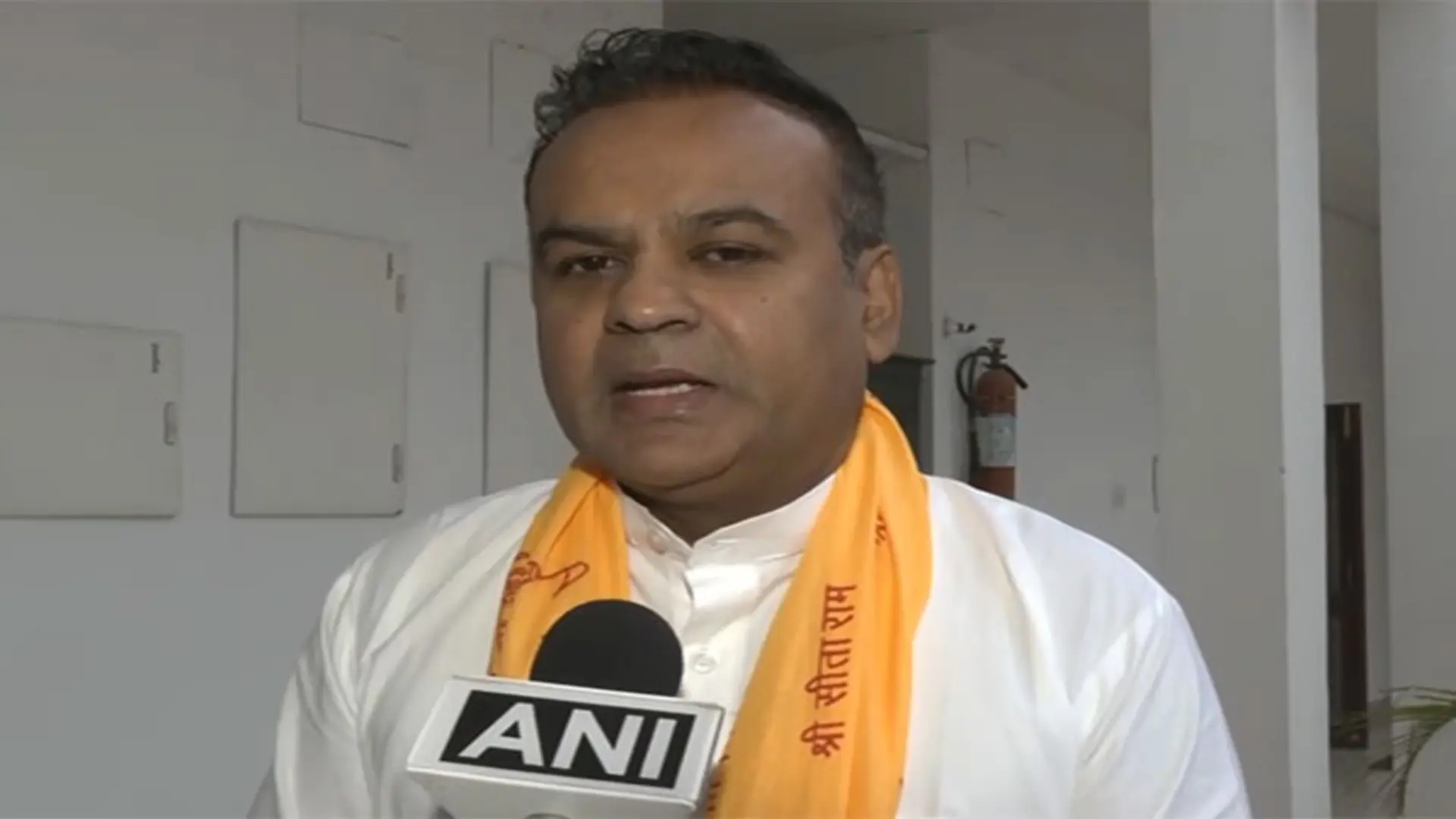Union Finance Minister Nirmala Sitharaman visited NASA’s Goddard Space Flight Center in Greenbelt, Maryland during her official visit to the US. She was accompanied by the Ambassador of India to the US Taranjit Singh Sandhu.
Dr. Makenzie Lystrup, Director of NASA’s Goddard Space Flight Center, Ray Rubilotta, Associate Center Director of NASA Goddard, and Dr. Michelle Thaller, Astrophysicist, presented to her about various initiatives at NASA Goddard.
The Hyperwall at NASA’s Goddard Space Flight Center (GSFC) is a video wall that can show several high-definition data visualizations and images at once on a variety of screens.
In the recent past, NASA’s (National Aeronautics and Space Administration) Jet Propulsion Laboratory (JPL) in California, US, held a send-off ceremony for NISAR (NASA-ISRO Synthetic Aperture Radar). NISAR is the name of an Earth-observation satellite. (NASA-ISRO Synthetic Aperture Radar).
According to a partnership agreement inked in 2014, it is being built jointly by the National Aeronautics and Space Administration (NASA) and the Indian Space Research Organization.
Over the duration of its three-year mission, it will scan the globe every 12 days to image the Earth’s land, ice sheets, and sea ice, providing a previously unattainable perspective of the world.
Researchers will gain a better understanding of the causes and effects of such occurrences because to NISAR’s ability to detect minute changes in the Earth’s surface.
It will detect signals of impending natural catastrophes including earthquakes, landslides, and volcanic eruptions.
In order to better understand carbon exchange, the satellite will also measure groundwater levels, track glacier and ice sheet flow rates, and monitor the planet’s forest and agricultural sectors.
NISAR will be utilised by ISRO for a number of tasks, including as mapping agricultural areas, monitoring glaciers in the Himalayas, landslide-prone regions, and observing changes in the shoreline.











